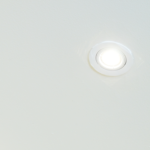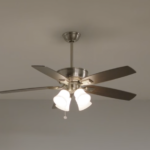
Do you have a problem with tiny flies in your bathroom or kitchen? Are they coming directly from the sink? Unfortunately, this is not a good sign, as these tiny pests have made themselves at home in your drains. We have a list of ways to eliminate drain flies once they have established their home in your living space.

What are drain flies?
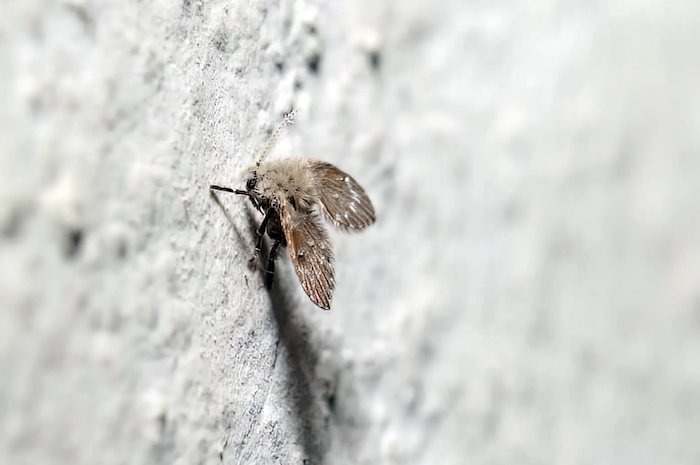
Often called sewer flies, drain moths or even a bathroom fly, this annoying bug is actually a moth-like winged gnat.
Their features include;
- Six legs
- A pair of wings
- Antennaes
- 1-5mm long
- Grey or tan-coloured, with lighter wings
- Body covered in fuzzy hairs
- Wings fold over the body when not flying
Why do drain flies love drains?
Drain flies in Australia have one distinct characteristic that sets them apart – their love for your drains. The reason behind this peculiar obsession is they thrive on the decaying organic matter that resides in our sewers and drains and lay their eggs there.
So while not dangerous themselves, the bacteria, microorganisms and other nasties they carry around can be seriously harmful to your family. Besides this, ignoring them may mean you’ll need to call on blocked drain cleaning services in the future. Why? Remember what they eat? You could have a build up of gunk about to choke your drain pipes. So knowing how to get rid of drain flies as quickly and thoroughly as possible is important.
How to get rid of drain flies
Use your drains
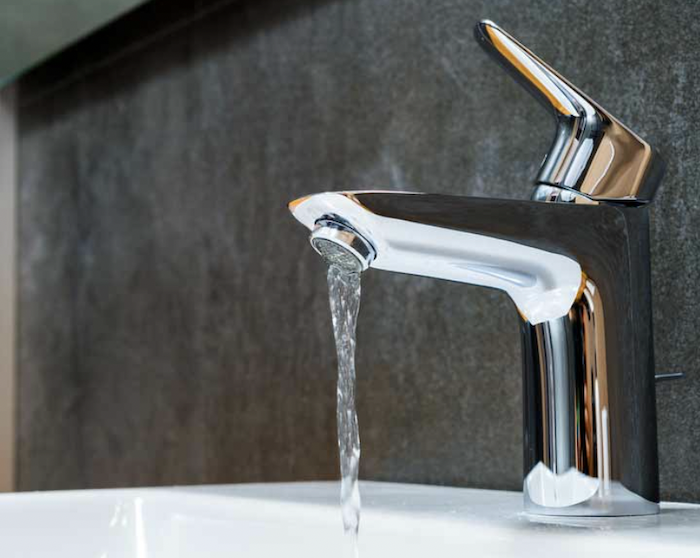
Drain flies are frequently found in and around sinks, showers, and other plumbing outlets, especially after returning from a vacation. Why? Because they have a preference for stagnant water and drains that are not frequently used. However, once you start using these drains again, the drain flies tend to move on. This also applies to guest rooms or ensuites that are rarely used.
Where are they coming from?
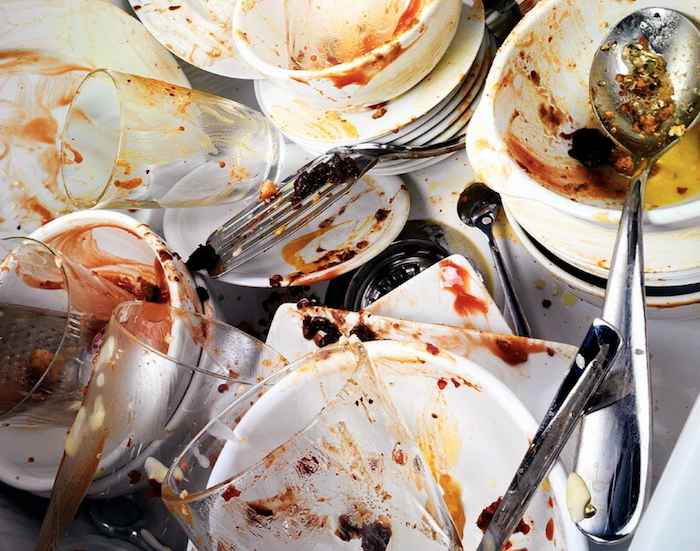
If the pesky drain flies persist, it’s time to delve deeper into the issue. It’s possible that they are being lured by another tempting treat – such as decaying fruit lurking elsewhere on your property.
Make sure to eliminate any potential food sources. If you’re certain that the drain is the culprit (which is often the case with a sluggish or clogged sink), you can conduct a temporary investigation by covering it up. Simply place a small cup or plastic lid, lightly coated in oil, over the drain. This clever trick will catch those persistent drain flies and confirm that they have indeed made your drain their cozy home.
Vinegar & Dish soap
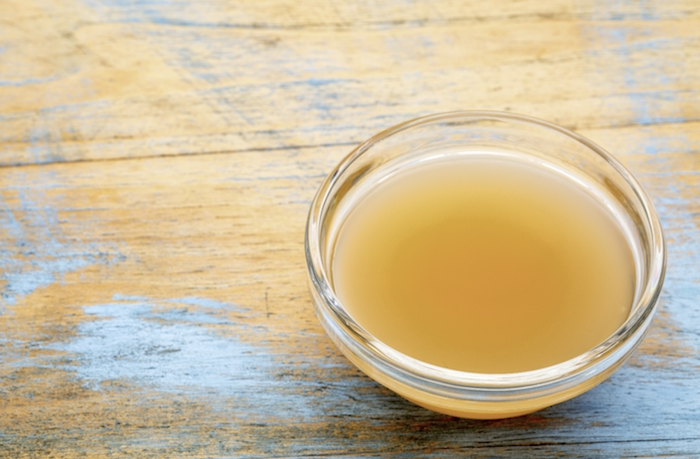
Did you know that a simple concoction of vinegar and dish soap can work wonders in trapping those pesky flies? Here’s how you can make the most of this effective method: Take a tall glass and pour in about an inch of apple cider vinegar. Add a few drops of dish soap to the mix. Now, cover the glass with plastic wrap and secure it tightly with a rubber band. To complete the setup, poke small holes in the top of the plastic wrap.
Flies will be attracted to the vinegar in the glass and will fly through the holes. However, the dish soap causes the flies to sink instead of being able to land on the vinegar.
Boiling water
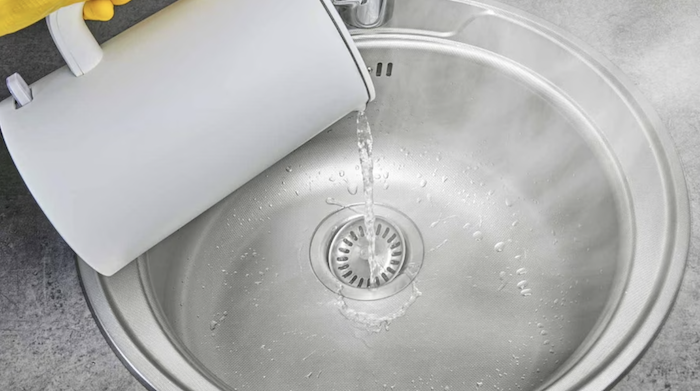
Saying goodbye to drain flies can be as simple as drowning them in boiling water. It’s a powerful reminder that they’re not welcome in your space. By pouring a kettle or two down the drain, and repeating the process the next day, these pesky critters will eventually understand the message. Not only will this method eradicate them, but it will also flush away any unpleasant smells and cleanse the drains of oil and grime.
Leaks
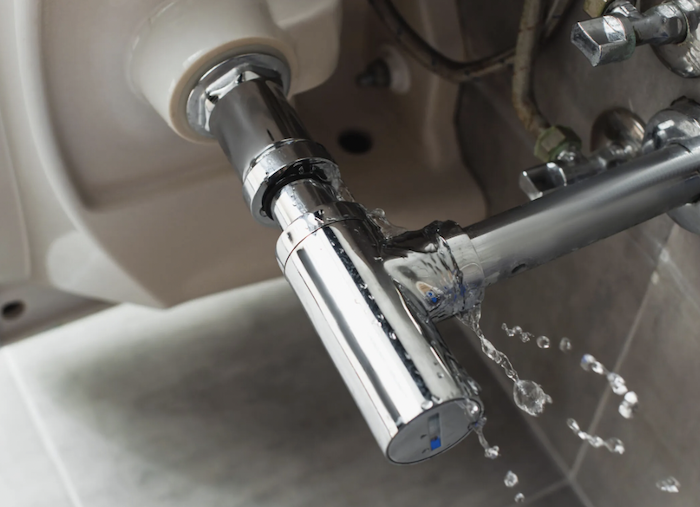
If you’re dealing with pesky drain flies, chances are there’s a sneaky little pipe leak somewhere, luring them right into your drains. To put an end to this unwelcome infestation, it’s time to call in the experts for a thorough water leak detection and burst pipe inspection.
Rotting Fruit
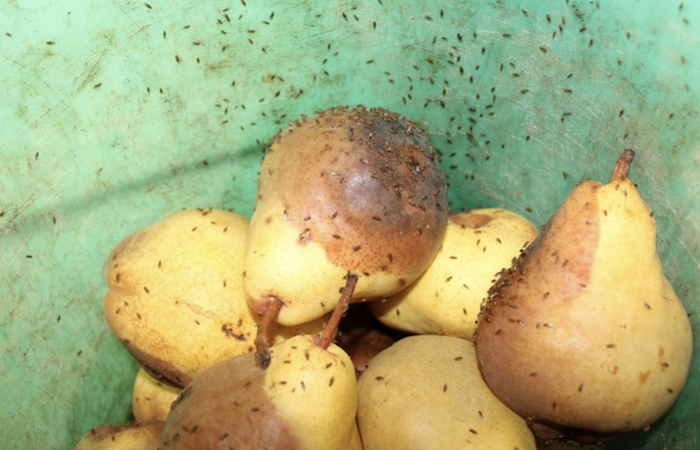
To combat a drain fly infestation in your kitchen sink drain, the initial step is to minimise their exposure. Begin by removing all fruits and vegetables from the vicinity of the kitchen. Drain flies are perpetually drawn to the aroma of decomposing food and organic waste. Avoid exacerbating the issue by leaving fruits and vegetables easily accessible in unsealed containers.
Why do I have drain flies?
Drain flies are attracted to stagnant, shallow water and organic debris. They tend to congregate near sources of food or bacteria, such as sinks and showers. These pesky insects are particularly fond of areas that are not frequently used, like a basement or workshop sink. They can even appear in an otherwise clean environment.
Keep an eye out for these unwelcome guests, especially after a long absence from home, like a vacation.
How can I test if I have drain flies?
To determine the extent of your fly problem, conduct an overnight test: Cover the drain in question with tape, sticky side down. As the flies attempt to escape, they will become ensnared on the tape, providing you with a clear indication of the magnitude of the issue.
Are drain flies bad for your health?
They don’t bite humans or spread human diseases, finding them in your kitchen is a clear indication that it’s time for a deep clean. After all, if you want to keep cockroaches and other insects from joining the party, a clean kitchen is a must.




